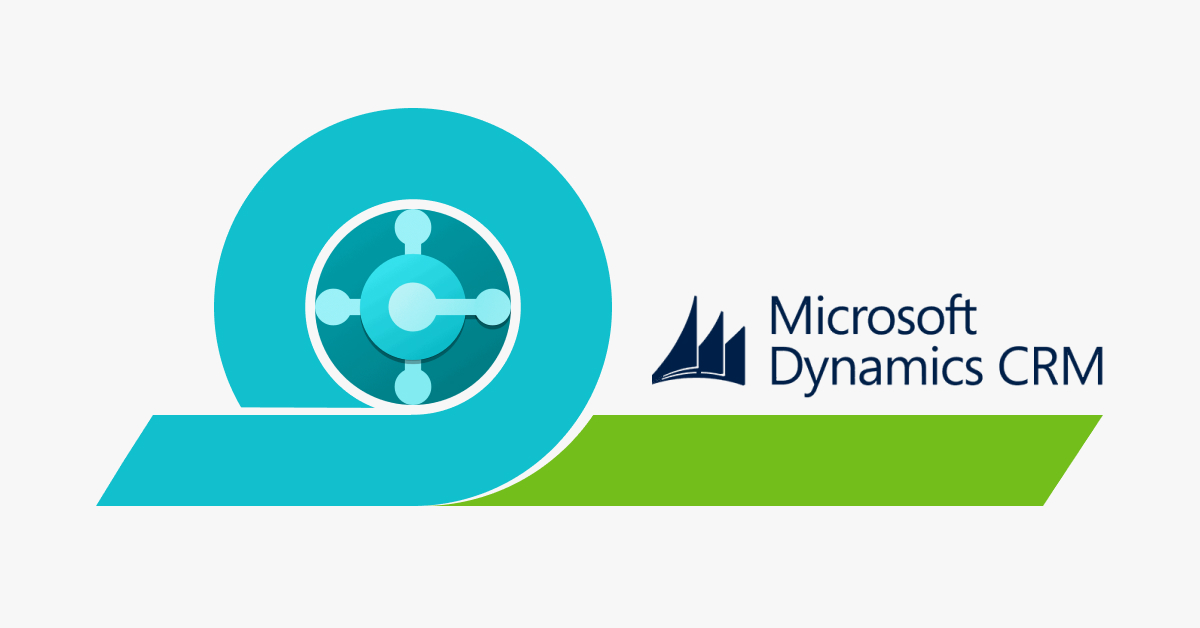Today we talk about the MS Dynamic duo like no other, Microsoft Business Central paired with Dynamics 365 CE. Surely, you have frequently been informed of the benefits of being a member of the Microsoft family, particularly the opportunity to use additional products that enhance functionality and offer genuine value.

Namely, the value is in creating reports and dashboards that your marketing, sales, and customer support teams can use to create more prospects, complete more transactions, and offer better service by merging actionable data from several systems.
Here is a description of how business central merges with Dynamics 365 CE.
Integration of Dynamics CE CRM
Dynamics 365 Business Central does natively interact with Dynamics 365 for Sales in CE. It is not that Dynamics 365 CRM integrates with Business Central as a whole. Usually, users start with Business Central and then use the built-in capabilities of Business Central to expand that data to Dynamics 365 for Sales.
Nonetheless, it is evident that the essentials Dynamics integrations into Business Central are often customised. Sadly, the built-in integration tools are not designed to work in this manner.
Otherwise, you can use pre-built connectors and APIs to use basic capabilities.
Step to Integrate with APIs
To get started with the integration, use pre-built connectors and APIs available in both Power BI and Customer Engagement. These standard connectors help you configure the integration and establish communication between the two systems.
Data Synchronisation
Next, you configure data synchronization between business central and CE. You can do this by using a variety of tools, including Microsoft Power Automate, Azure Logic Apps, or custom-built solutions using Azure Functions.
With data synchronization in place, any changes you made to data in one system are automatically synchronized with the other system. This is done so that system can ensure the consistency and accuracy of data.
Setup Communication Channel
Once done with synchronization, you can begin to set up a communication channel to enable real-time event-based integration. Azure Event Grid is suitable to do this.
The communication channel will allow you to see several events, such as changes to customer information, new sales orders, or updates to inventory levels.
Maintain Authentication
Finally, it’s important to ensure that security is maintained during the integration process. You can use Azure Active Directory and OAuth 2.0 to implement secure authentication and authorization for Business Central and Customer Engagement integration scenarios.
Best Approach For dynamics 365 Business Central Integration with Customer Engagement
While integrating Business central and Customer Engagement, you have two options to go with. One is a centric solution while the other involves 3rd party tools.
Virtual Tables
This approach provides a lot of control and flexibility to the system, as well as a wider range of tools. It involves creating tables in Business Central that connect to live data in the CRM online system, without duplicating or syncing data. Some data is pulled from Dynamics 365 and synced with Business Central at regular intervals.
Any changes made to the data can be linked to and updated in Business Central. This integration is very reliable and can be customized to meet the specific needs of partners and customers. The changes are implemented as Business Central extensions and you can use them in any deployment type.
3rd party Integration
As the name suggests, it involves the APIs in Business Central or custom web services to enable communication between the two systems. The integration is visible and can be easily managed by the customer and partner, with all necessary data synced between the systems.
You can use Tools like Scribe or Microsoft Flow for flexible integration with logic built in. This is for those who want more control and rely on Business Central for the finance element only.
However, you can also extend to other business areas like inventory control and manufacturing that are not covered in Dynamics 365 CRM.
Conclusion
Integrating Dynamics 365 Business Central with Customer Engagement can be a game-changer for your business. It allows you to leverage the power of two robust systems to gain deeper insights into your customers, streamline your business operations, and improve your bottom line.
With Stallions Solution, you can achieve a seamless integration that delivers actionable insights, streamlines processes, and ultimately drives growth. So, reach out to us, because when it comes to integration, two heads are definitely better than one!



